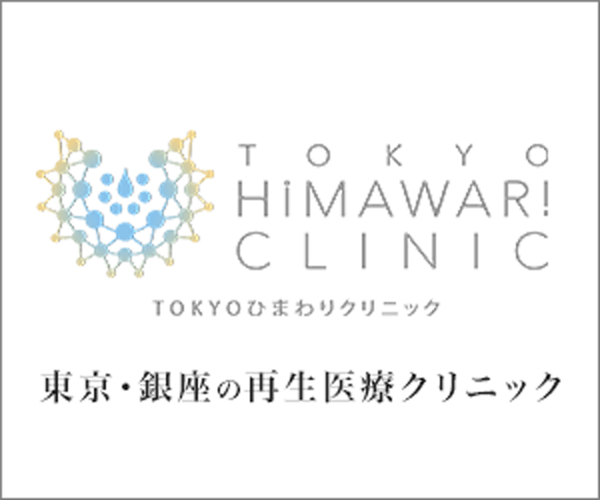What is the history of the royal family and tiaras? The beginning of the introduction of the tiara, its meaning, and the main occasions of its use.
One of the essential pieces of formal attire for female royalty is the tiara.
The beautifully shining tiara, combined with the white dress, adds even more glamour to the female members of the royal family. The glittering ornamentation with attention to detail is sure to catch the eye of many women.
The tiaras of the female royal family actually have a long history of being passed down through successive empresses, and have various meanings, as you know.
In this issue, we will trace the history of the imperial family and tiaras, touching on the beginnings of the introduction of tiaras and the meaning of tiaras.
- 1 The royal family and tiaras have a surprisingly long history!
- 2 History of the royal family’s use of tiaras
- 3 Successive empresses wearing tiaras
- 4 The Tiara as a “Venerable Object
- 5 The meaning of the tiara for the royal family
- 6 Views on the production of tiaras at public expense
- 7 Opportunity to wear a tiara by the royal family
- 8 To learn more about the jewelry of the royal family, click here.
The royal family and tiaras have a surprisingly long history!
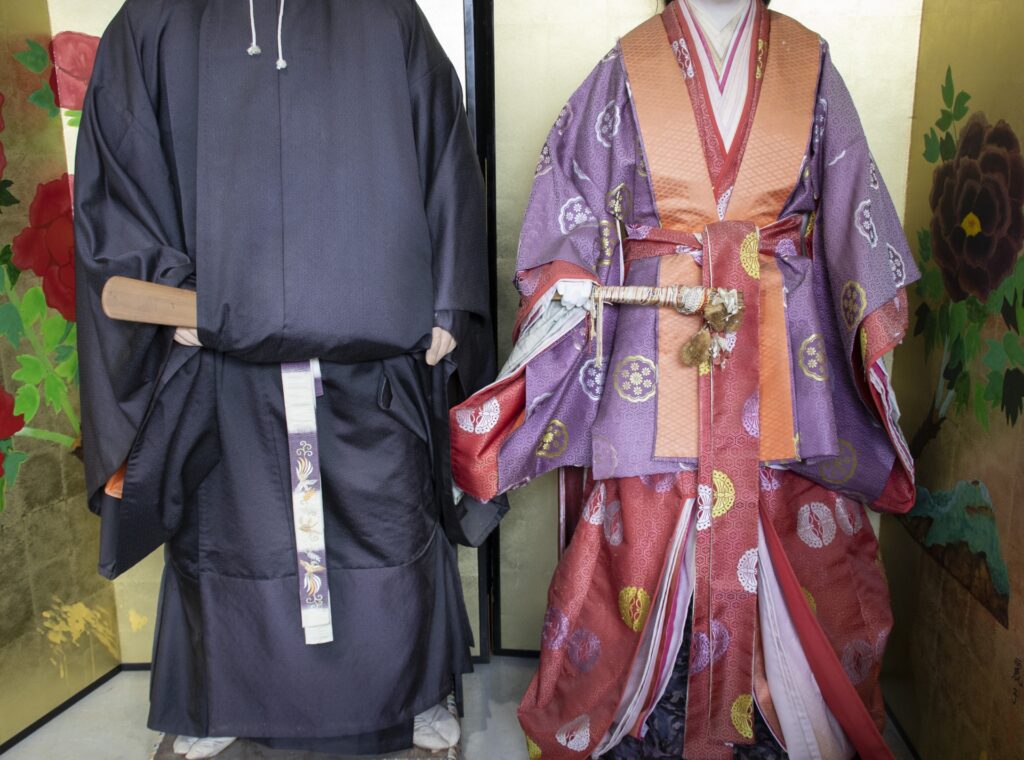
All members of the Imperial Family wear formal attire when participating in prestigious ceremonies. In the long history of the Imperial Family, formal wear of the Imperial Family has been dominated by Japanese formal wear such as sokutai and junihitoe (a ceremonial robe of 12-layered kimono).
Today, however, female members of the royal family wear Western-style formal attire with white dresses, diamond necklaces, and tiaras on their heads.
When did the formal attire of the female royal family change to the Western-style attire we see today?
The current glamorous Western-style attire with tiaras has a surprisingly long history.
History of the royal family’s use of tiaras
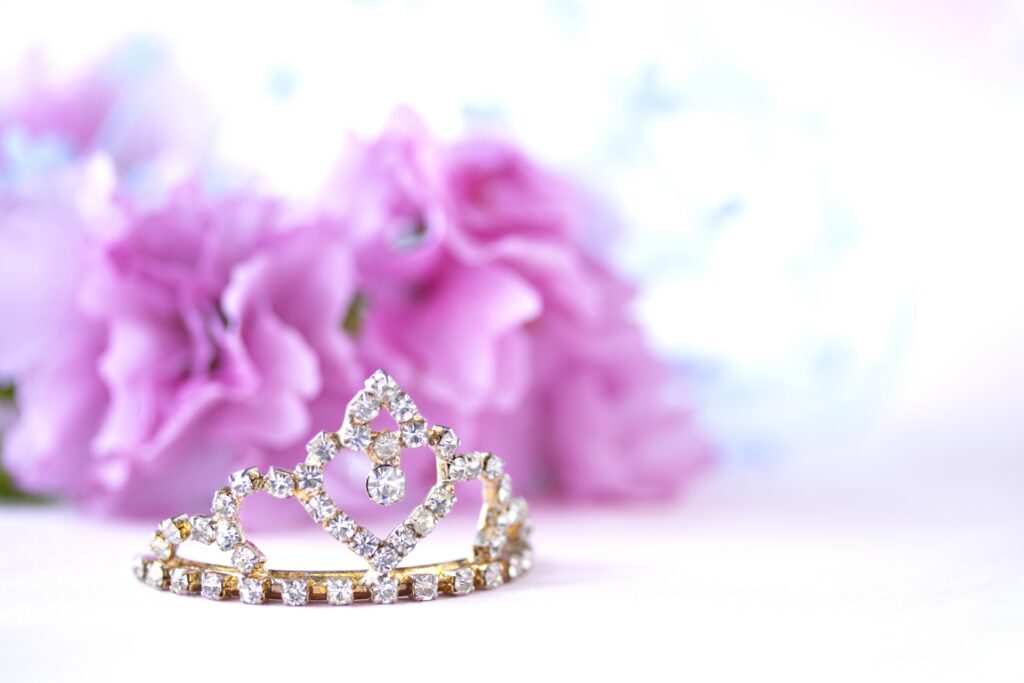
The tiara is now an indispensable piece of jewelry for female members of the royal family, and its history has spanned more than 130 years, but what was the background behind its introduction?
This section looks at the history that led to the use of tiaras by the royal family.
Meiji Era Begins
It was during the Meiji period (1868-1912 ) that the royal family began to use tiaras. At that time, there was a growing movement in Japan to revise unequal treaties with Western countries.
By actively adopting various Western cultures, they aimed to create a country that was equal to and superior to Western nations. This event is widely known in Japanese history as the “civilization opening.
Many Western cultures were introduced, from clothing to hairstyles, and the Westernization of Japan proceeded rapidly.
Part of the Palace’s internationalization efforts
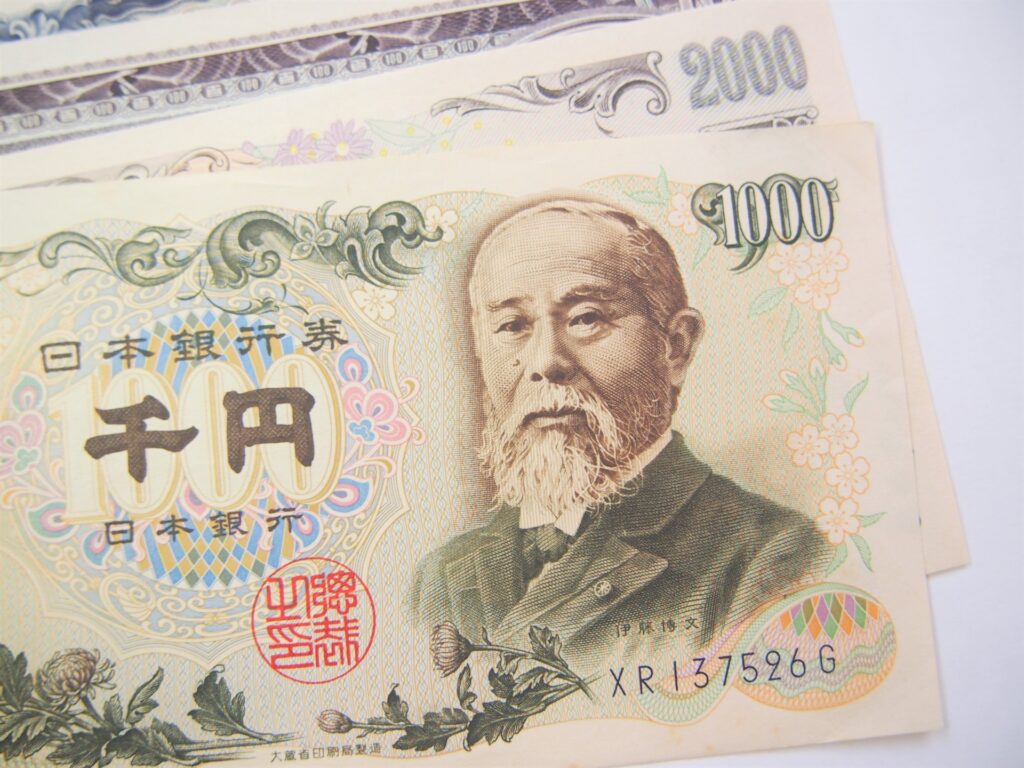
As Western culture spread into people’s lives, Hirobumi Ito, the prime minister at the time, rapidly worked to Westernize the imperial household.
By westernizing the imperial family, the government aimed to be on equal footing with Western nations in diplomacy.
In 1887, the Minister of the Imperial Household decreed that the formal attire of the female members of the Imperial Family should be Western-style. At this time, the tiara was introduced for the first time as the attire of the female members of the Imperial Family.
Based on this regulation, the formal attire of wearing a tiara with Western-style clothing has been handed down to the present day.
Successive empresses wearing tiaras
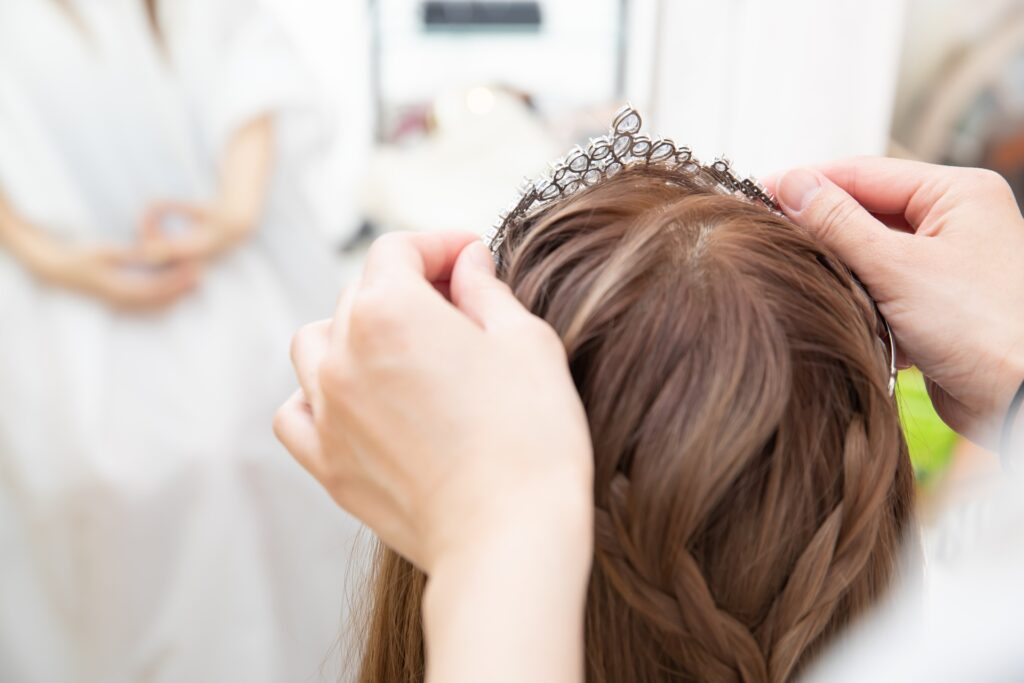
The imperial family in the Meiji era underwent major changes in dress and manners due to the influence of civilization.
The rapid adoption of Western culture must have been a great surprise not only to the people but also to the royal family.
Such tiaras were first introduced to the imperial family in the Meiji era, and have been passed down from generation to generation among successive empresses to the present day.
Tiaras have been a part of history along with new eras, but what empresses have worn tiaras in the past? Here are some of the empresses who have worn tiaras.
Empress Miko (Empress Dowager Shoken)
With the westernization of the imperial family, Empress Miko (Empress Dowager Shoken ), the wife of Emperor Meiji, was the first female member of the imperial family to wear a tiara as formal attire.
She is depicted in Western-style attire, wearing a long dress called a “cape de coeur,” a large diamond necklace, and a tiara on top of her head.
The complete set of accessories, including the tiara, which were newly made for Empress Biko (Empress Dowager Shoken) as she changed to Western-style clothing, were ordered from Germany. The cost was equivalent to the total construction cost of the Rokumeikan.
In order to be on par with Western countries, a huge amount of money was invested in a set of trinkets, with the prestige of the country at stake.
The tiara, with 60 diamonds encrusted with nine large star-shaped diamonds, would surely have shone beautifully, illuminating the future of Japan.
Empress Joumei (Queen Joumei of Japan)
The era moved from Meiji to Taisho, and the empress was succeeded from Empress Miko (Empress Dowager Shoken) to Empress Joumei, the wife of Emperor Taisho.
The tiara used by Empress Miko (Empress Dowager Shoken) was also handed down to Empress Jingming, who wore it along with her mantle de coeur and diamond necklace when she performed her official duties.
In addition, a new tiara with a chrysanthemum motif was newly made in Japan for Empress Jingming, and two types of tiaras were used according to the prestige of the official duties.
Empress Michiko
Michiko, the current Senior Empress and Empress of Emperor Heisei, is one of the empresses who wore a tiara.
When she succeeded as Empress Heisei, she inherited the tiara used by Empress Miko (Empress Dowager Shoken) and Empress Sadaimei from Empress Showa.
In the Heisei era, regulations regarding formal attire have already been changed, and tiaras are now worn only for prestigious official duties, which has reduced the opportunities for tiaras to be worn.
However, the tiara was worn without fail during official duties such as court banquets and New Year’s celebrations, and many people would have been dazzled by its majestic brilliance.
In particular, the royal family fans strongly favored the appearance of the Senior Empress Michiko wearing a tiara, saying that the tiara would look good on her.
The Tiara as a “Venerable Object
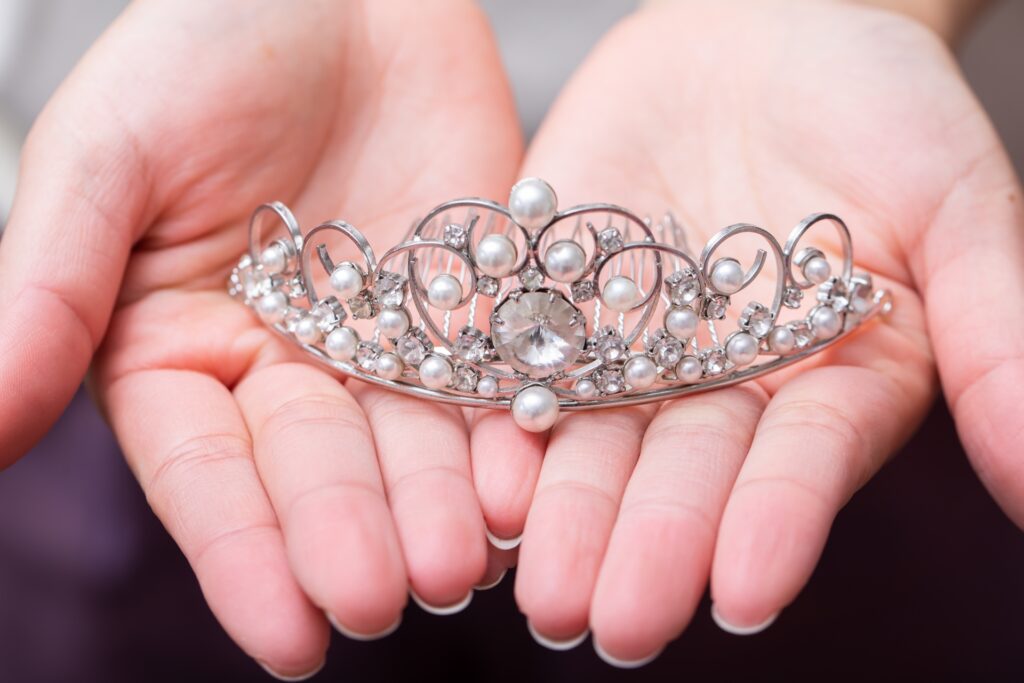
The history of the imperial family clearly shows that tiaras and other trinkets were never ornaments for the sake of luxury.
Therefore, tiaras and other accessories of great significance to Japan were positioned as ” venerable objects” that should be handed down with the Imperial Throne, and were passed down from generation to generation of emperors from the Meiji era onward.
The tiara of Empress Biko (Empress Dowager Shoken), the first tiara created, was designated as the most prestigious type A, while the tiara of Emperor Joumei was designated as the next most prestigious type B. They were used according to their official duties.
As each generation changes, maintenance is performed on each empress, so that every empress can wear her tiara without any loss of beauty.
The meaning of the tiara for the royal family
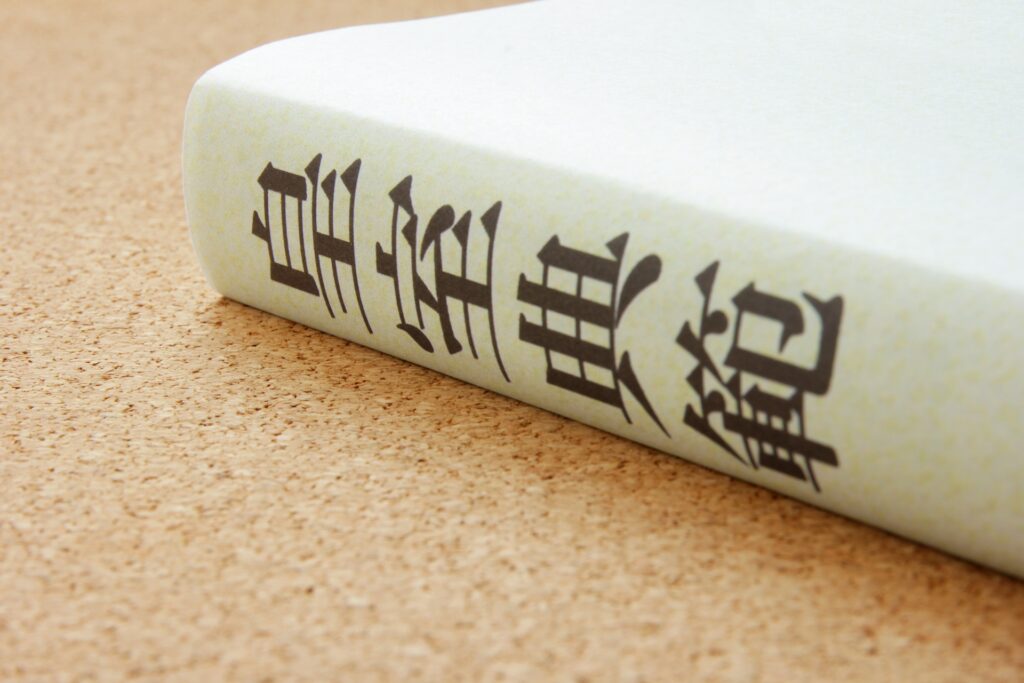
The tiara is a “venerable object” that has been handed down in the imperial household in the same way as the three sacred treasures of the emperor. Successive empresses must have worn tiaras with special determination as empresses.
Here, then, is what the tiara means to the royal family.
Synonymous with European crown
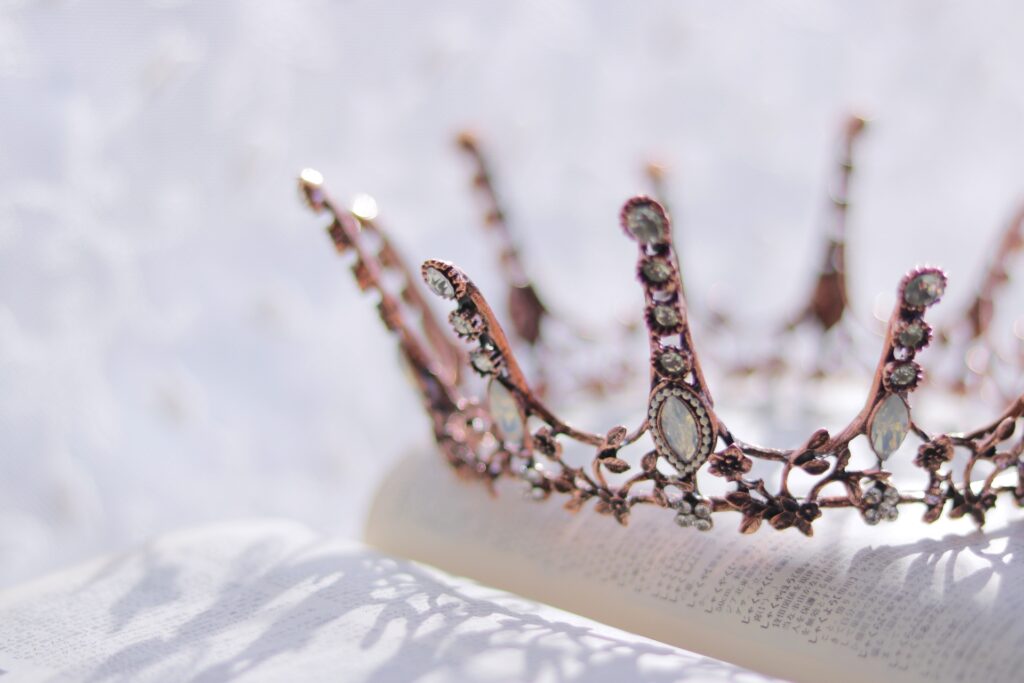
The royal tiara is considered synonymous with the European crown. Crown has not only the noun meaning of a crown, but also the verb meaning to receive status or power.
In exchange for status and power, European royalty who wore the crown pledged their devotion to their people with their authority.
Therefore, the crown, which has been handed down to European royalty since ancient times, is a symbol of the monarch’s power and devotion.
The European crown has the meaning of a symbol of authority and devotion, and the royal tiara, which is considered synonymous with this, of course has the same meaning.
Thus, the tiara is a symbol of devotion to one’s country as well as the status of the highest-ranking woman and her authority.
The royal family’s busy official duties for their country are a perfect example of the devotion that is embodied in the tiara.
Manners of interstate ceremonial occasions
The imperial tiara is also meant as a manner to royalty of other countries.
Royalty visiting from abroad wear gorgeous dresses and traditional tiaras and other ornaments handed down in their respective countries.
Overseas again, tiaras are treated as special trinkets to be worn on special occasions.
Therefore, it is good manners to wear ornaments that have been handed down from generation to generation in Japan for royalty who come to visit wearing special ornaments.
Views on the production of tiaras at public expense
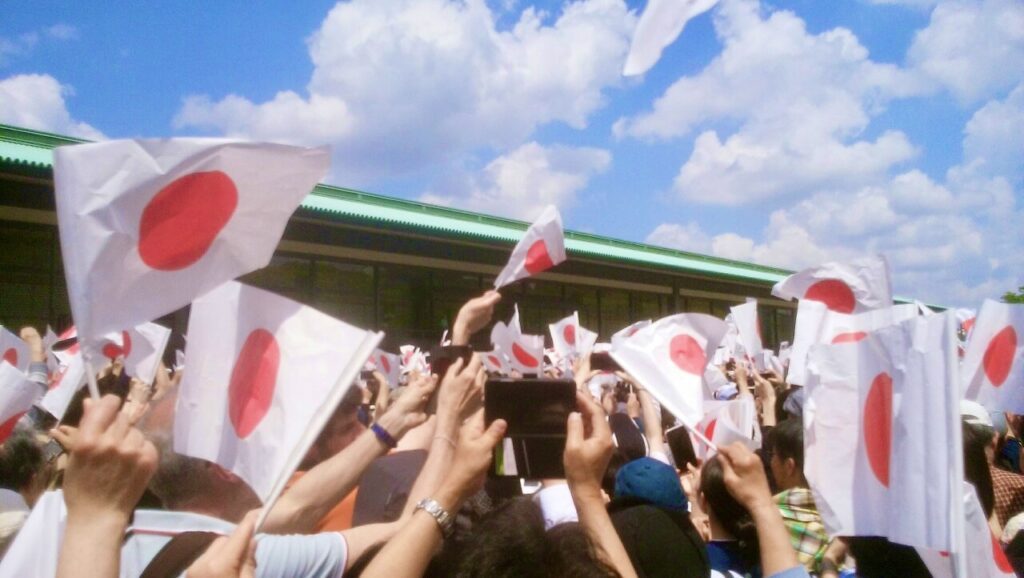
Tiaras have a variety of meanings to the royal family, but the tiaras that are passed down through generations of empresses are especially special.
It is common for tiaras for female members of the royal family other than the empress to be renewed at public expense when they come of age, but this is sometimes criticized by some members of the public as a waste of money.
However, considering the circumstances and manner of its introduction, the tiara is necessary to symbolize Japan as an adult member of the royal family. Therefore, although they are expensive, they are not a waste of money.
Meanwhile, Princess Aiko, the only daughter of Their Majesties the Emperor and Empress, has decided not to wear a new tiara in consideration of the social situation when she comes of age.
Many praised Aiko for her warm consideration for the people, and we hope that she will eventually, as an adult member of the royal family, wear a new, beautiful tiara that is uniquely Aiko’s.
Opportunity to wear a tiara by the royal family
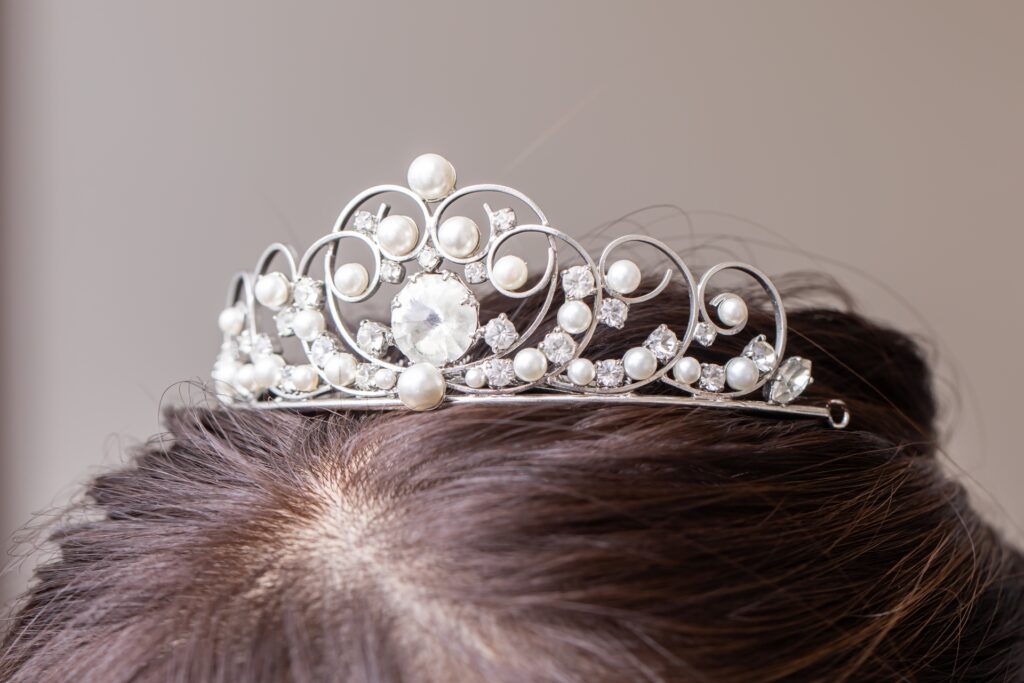
A necessary piece of jewelry to symbolize Japan, the tiara is worn along with formal attire, especially on prestigious occasions.
So, what specific events are worn? Typical events in which tiaras are worn include the enthronement ceremony and thefeast day ceremony.
enthronement
The Accession Ceremony is a ceremony that is held to mark the emperor’s succession to the throne, both to the people and to the world. It is considered one of the most prestigious of all imperial ceremonies.
At the accession ceremony of Empress Masako to the throne of Japan in 2025, a tiara was displayed above her head. The majestic brilliance of the tiara must have made a strong impression on those who saw it.
banquet
A feast ceremony is a court banquet with state guests. A banquet held in honor of a foreign royal family is very prestigious.
As a symbol of the country, they conduct diplomacy with state guests, so of course they wear formal attire and tiaras.
The female members of the Imperial Family, who conduct diplomacy wearing Japanese tiaras, which are no less than the traditional tiaras of other countries, give the impression that they are as equal as those of Western countries.
Hirobumi Ito’s wish to create a country that was once equal to the Western nations may have been successfully fulfilled.
To learn more about the jewelry of the royal family, click here.
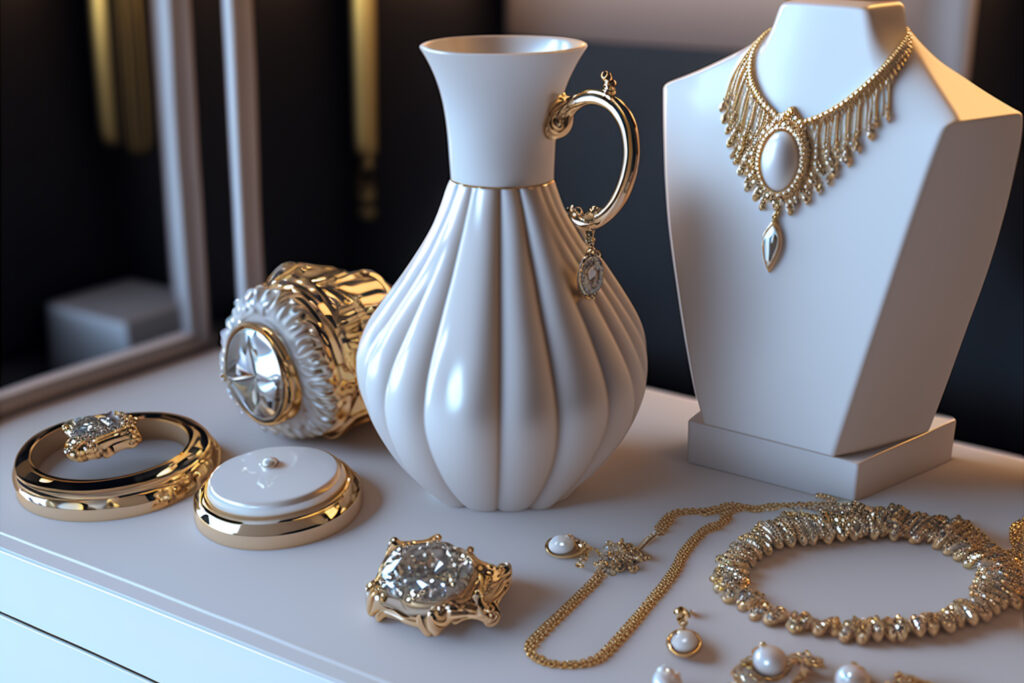
In this issue, we introduced the history of the imperial family and tiaras.
The history of the imperial tiara, entrusted with the prestige and future of the nation, is not well known even among royal family fans. For this reason, I was very deeply moved.
When we see the Empress in formal attire in the future, we would definitely like to pay attention to her tiara and other accessories.
In addition to the tiara, various other pieces of jewelry have been handed down by the Imperial Family. Would you like to learn more about such jewelry of the Imperial Family?
If you are interested in learning more about the jewelry of the Imperial Family, please take a look at our articles. You will surely find interesting information that will deepen your fascination with the Imperial Family.
